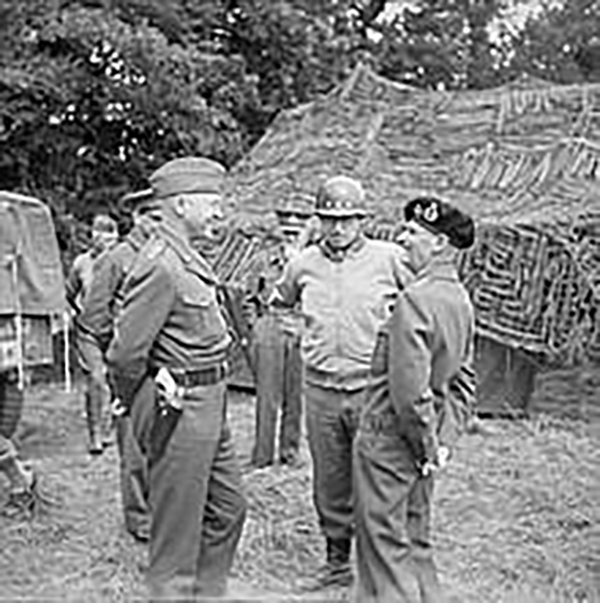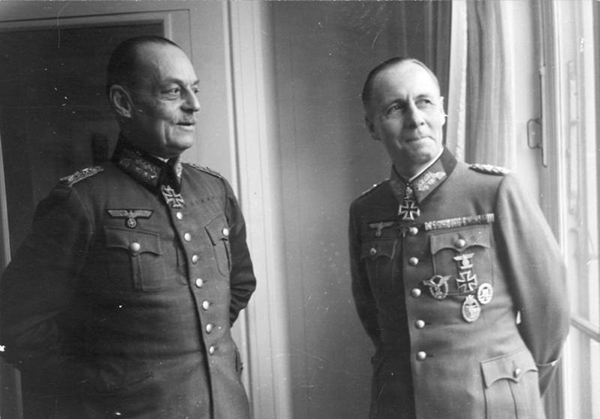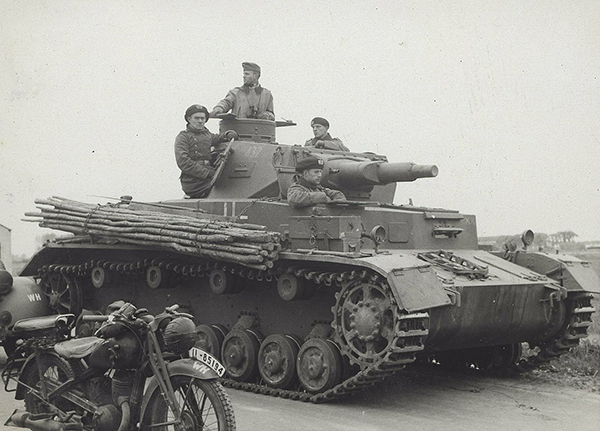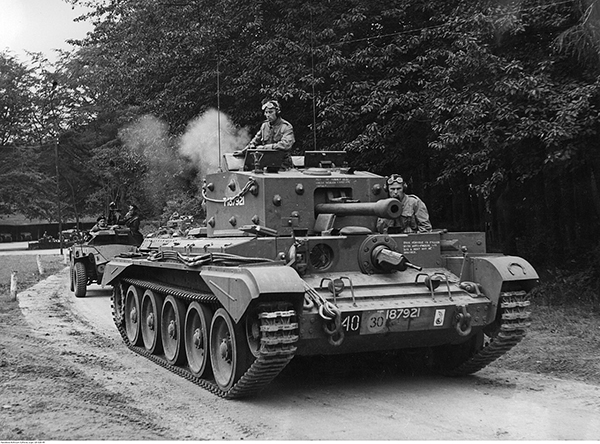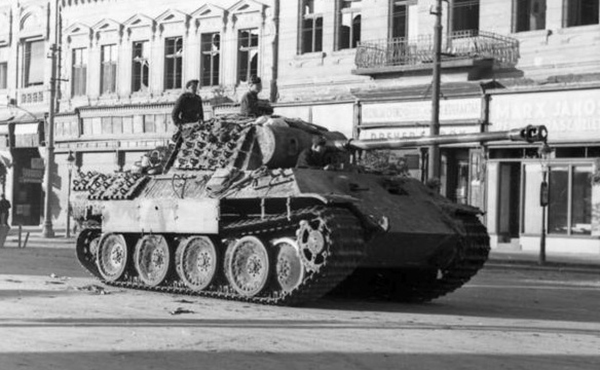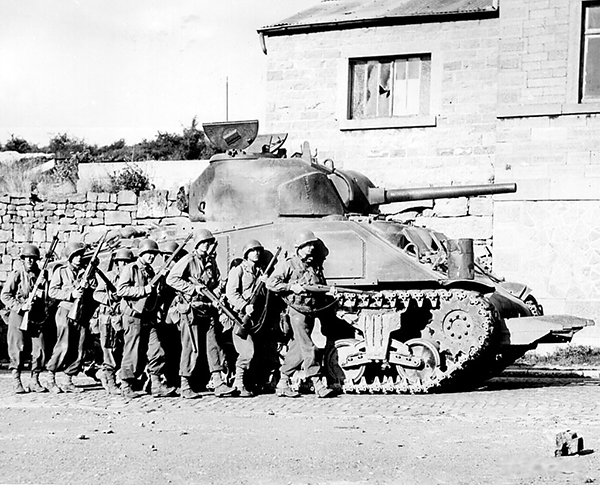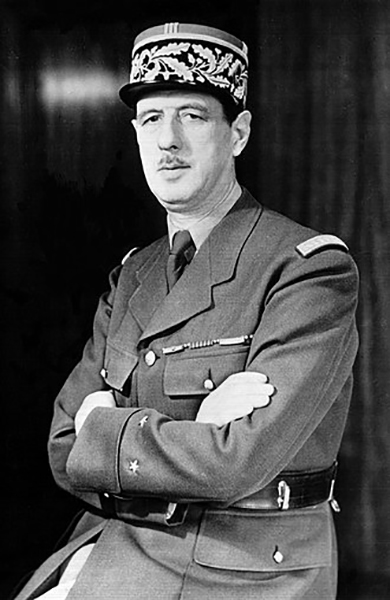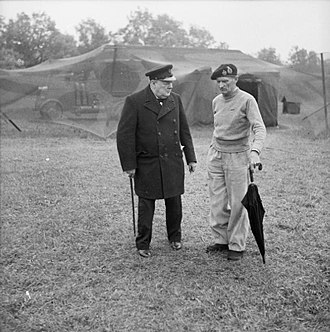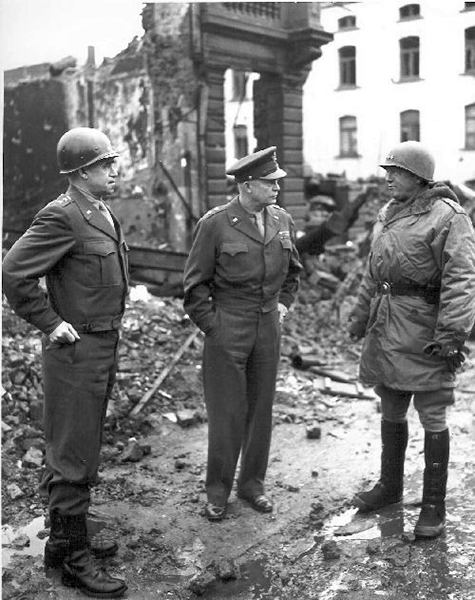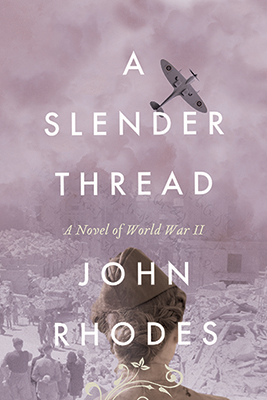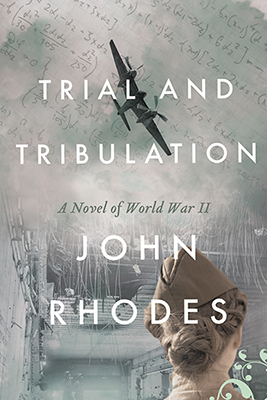SHAEF vs OB West
The Battles of the Generals
D Day was fought between the Allied soldiers landing on the beaches and the German Wehrmacht soldiers manning the Atlantic Wall. Many thousands died. But the nature of the battle—where, when, and how the men fought—was decided by the generals in their headquarters, and the outcome rested not only upon the bravery and determination of the men on the battlefront but also, in considerable measure, on the wisdom of their generals—or, indeed the lack of it.
The Allied forces were commanded by SHAEF, the Supreme Headquarters Allied Expeditionary Forces. The German forces were under the command of OB West, the Oberbefehlshaber West. The United States General Dwight D Eisenhower was the Allied commander, and Generalfeldmarschall Gerd von Rundstedt commanded OB West.
SHAEF and OB West battled each other, but their headquarters were also scenes of sharp internal battles between generals with competing strategies and competing ambitions.
OB West
Von Rundstedt was the military commander of all western Europe from southern France to northern Norway, including more than 2,000 miles of the ‘Atlantic Wall,’ a long chain of fortresses and defensive systems built to make an Allied landing as painfully expensive in men and materiel as possible.
Within Von Rundstedt’s command the German armies in France were organized as Army Group B led by Erwin Rommel. The 15th Army was stationed in the Calais region and the 7th Army was based in Normandy. Crucially, Panzer Group West, the German army’s armored reserves, was not under Rommel’s command and even Von Rundstedt needed Hitler’s personal permission to deploy them.
Both Von Rundstedt and Rommel had had distinguished careers. Von Rundstedt had led the ‘blitzkrieg’ invasion of western Europe in 1940 and Operation Barbarossa against Russia in 1941. Rommel had been brilliant in the 1940 campaign and later commanded the Afrika Korps, where he earned his nickname ‘the Desert Fox.’
Unfortunately, from a German perspective, Von Rundstedt and Rommel disagreed sharply about the best way to repel the Allied invasion. Rommel believed the Allies should be attacked at the water’s edge and forced back into the sea, whereas Von Rundstedt favored letting the Allies land and then defeating them in a classic land battle.
Von Rundstedt’s view prevailed. Therefore, although OB West had nine armored divisions in France on D Day, only the 21st Panzer Division engaged the Allies on D Day itself, successfully reaching the Channel between the Sword and Juno beaches before withdrawing.
When, several weeks later, Von Rundstedt got his grand confrontation, the 7th Army and its supporting Panzer divisions were annihilated in the Falaise Pocket.
Had Rommel been allowed to have his way, the German army could have brought its full armored forces into play before the Allies had a chance in land enough of their own armor, and the first days after D Day might have been very different.
Clockwise from top left: Panzer IV, Panzer V (Panther), Sherman, Cromwell.
SHAEF
SHAEF, the Allied command structure, was the result of diplomatic rather than military reasoning. Both America’s top general, George Marshall, and Britain’s top general, Alan Brooke, wanted the SHAEF job, but neither was given it. Instead, it went to Eisenhower, and the remaining senior jobs in SHAEF were given to senior British officers as consolation prizes, creating an extra reporting layer which was eliminated over the coming months.
Thus the American 12th Army Group (consisting of the 1st and 3rd Armies) led by Omar Bradley, reported to the British Bernard Montgomery as part of the 21st Army Group until September, as if Bradley and Eisenhower were incapable of direct communication.
A fascinating wrinkle is the role of George Patton. Initially he had been sidelined for striking a soldier in Sicily and was given the notional job of commanding the non-existent FUSAG, the First United States Army Group, as part of an elaborate and successful ruse to convince the Germans that Normandy was just a diversion, and the main attack would come in the Pas de Calais. The ruse worked, in part because the Germans did not believe the Allies would keep such a successful general on the sidelines. Patton was finally given command of the American 3rd Army several weeks after D Day, reporting to Omar Bradley, who had been his subordinate the previous year. At that moment Patton was two steps down from his archrival Montgomery. Feuding between the top generals continued until the war was over.
A Final Irony
You may have noticed a final irony: the invasion of Normandy included no French troops and no French generals. The relationship between Roosevelt and Churchill on the one side, and Charles de Gaulle on the other, was so bad that he took no part whatsoever in D Day.
The D Day generals’ fates
Montgomery with Churchill
The war in Europe ended a year after D Day with the unconditional surrender of Nazi Germany. As for the generals:
Bradley — Led 12th Army Group for the remainder of the war, promoted to 5 star general, became Chairman of the Joint Chiefs, died 1981.
Eisenhower — Led SHAEF for the remainder of the war, promoted to 5 star general, became first NATO commander, became 34th President of the United States in 1953, died 1969.
Montgomery — Led 21st Army Group for the remainder of the war, became Chief of Imperial General Staff, created Viscount Montgomery of El Alamein, died 1976.
Patton — Led 3rd Army to a series of victories including the relief of Bastogne in the Battle of the Bulge, killed in a traffic accident after the war ended in 1945.
Rommel — Badly wounded weeks after D Day, he was subsequently allowed by Hitler to commit suicide rather than face trial for participating in the July 20th plot to assassinate Hitler.
Von Rundstedt — Dismissed by Hitler in July 1944, but reappointed to OB West in September. He presided over the ‘court of honor’ which tried the July 20th plotters. After the war he escaped trial as a war criminal and died in 1952.




